A group of South Korean scientists have developed a deep learning system based on artificial intelligence that can precisely predict interactions between drugs, the government said Tuesday.
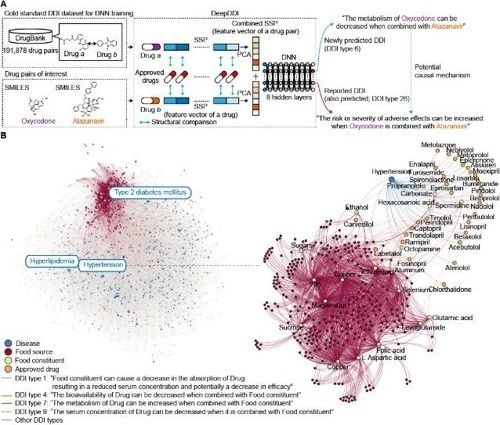

A group of South Korean scientists have developed a deep learning system based on artificial intelligence that can precisely predict interactions between drugs, the government said Tuesday.
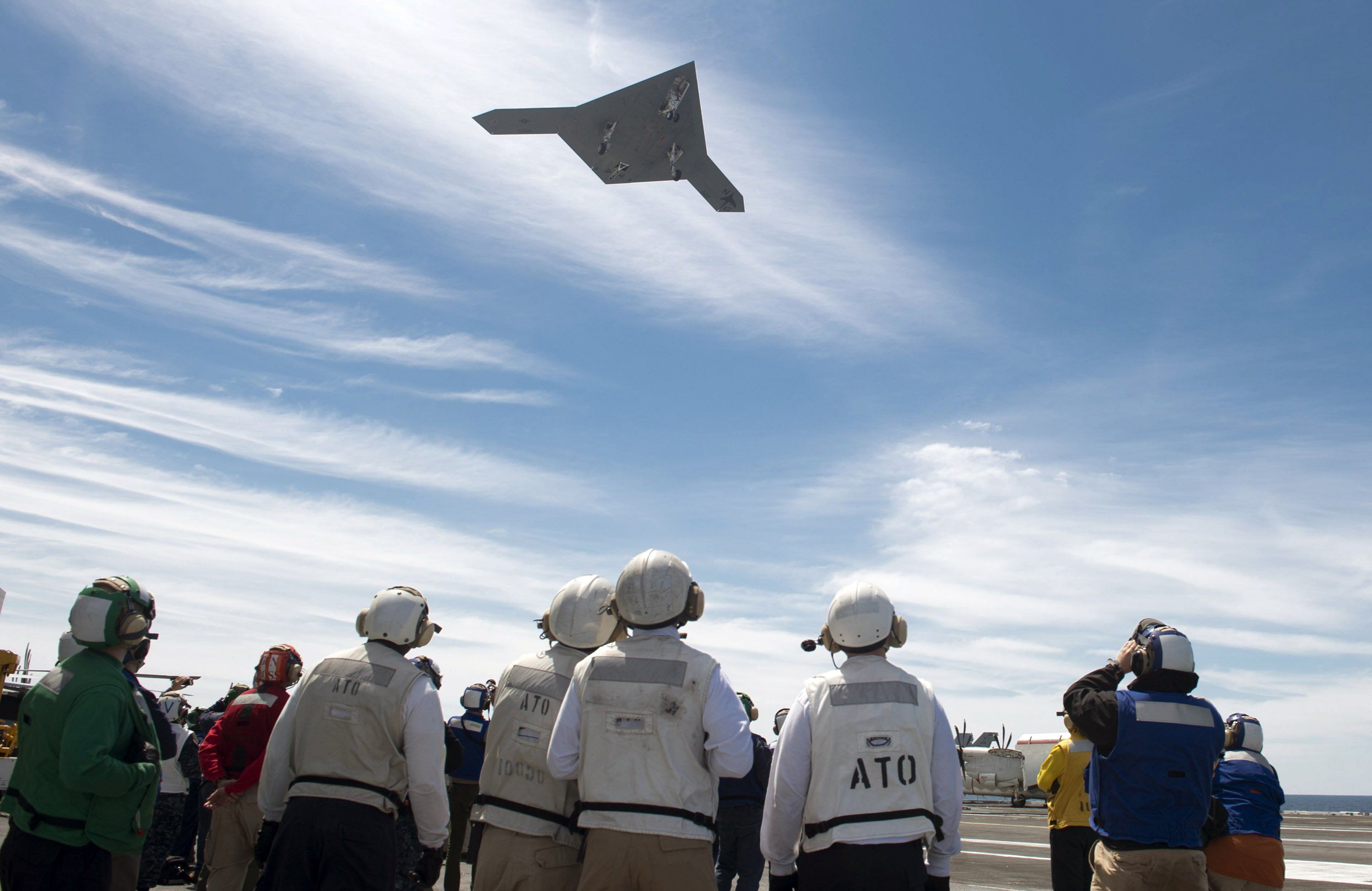
We are now on the brink of a “third revolution in warfare,” heralded by killer robots — the fully autonomous weapons that could decide who to target and kill… without human input.
Over the weekend, experts on military artificial intelligence from more than 80 world governments converged on the U.N. offices in Geneva for the start of a week’s talks on autonomous weapons systems. Many of them fear that after gunpowder and nuclear weapons, we are now on the brink of a “third revolution in warfare,” heralded by killer robots — the fully autonomous weapons that could decide who to target and kill without human input. With autonomous technology already in development in several countries, the talks mark a crucial point for governments and activists who believe the U.N. should play a key role in regulating the technology.
The meeting comes at a critical juncture. In July, Kalashnikov, the main defense contractor of the Russian government, announced it was developing a weapon that uses neural networks to make “shoot-no shoot” decisions. In January 2017, the U.S. Department of Defense released a video showing an autonomous drone swarm of 103 individual robots successfully flying over California. Nobody was in control of the drones; their flight paths were choreographed in real-time by an advanced algorithm. The drones “are a collective organism, sharing one distributed brain for decision-making and adapting to each other like swarms in nature,” a spokesman said. The drones in the video were not weaponized — but the technology to do so is rapidly evolving.
This April also marks five years since the launch of the International Campaign to Stop Killer Robots, which called for “urgent action to preemptively ban the lethal robot weapons that would be able to select and attack targets without any human intervention.” The 2013 launch letter — signed by a Nobel Peace Laureate and the directors of several NGOs — noted that they could be deployed within the next 20 years and would “give machines the power to decide who lives or dies on the battlefield.”
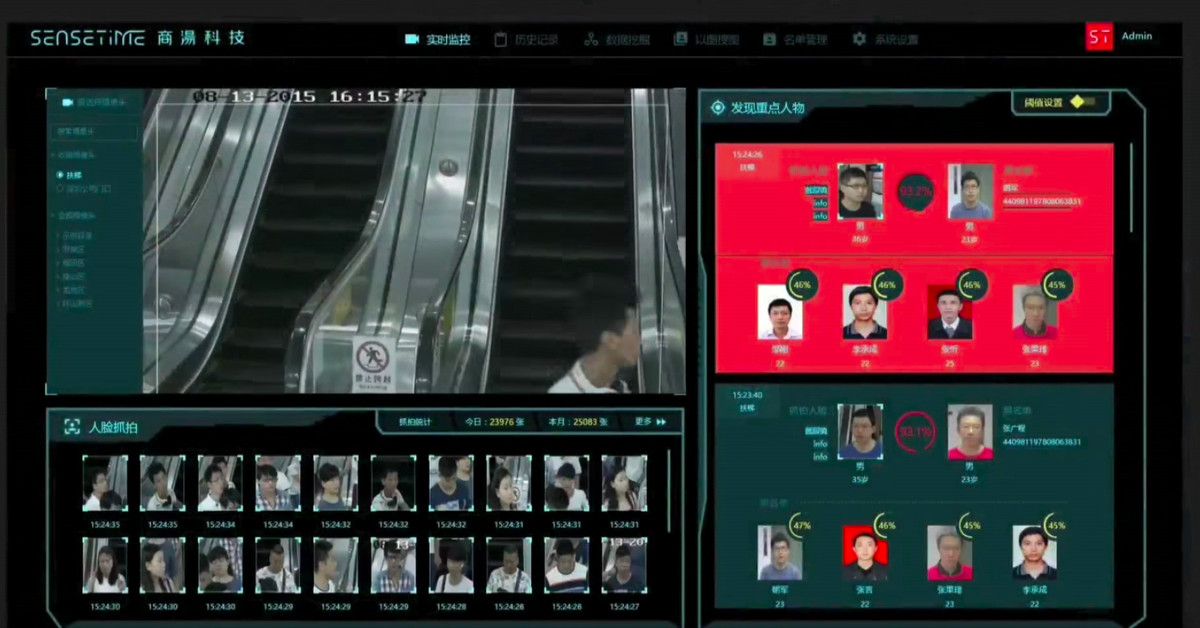
Artificial intelligence is being used for a dizzying array of tasks, but one of the most successful is also one of the scariest: automated surveillance. Case in point is Chinese startup SenseTime, which makes AI-powered surveillance software for the country’s police, and which this week received a new round of funding worth $600 million. This funding, led by retailing giant Alibaba, reportedly gives SenseTime a total valuation of more than $4.5 billion, making it the most valuable AI startup in the world, according to analyst firm CB Insights.
This news is significant for a number of reasons. First, it shows how China continues to pour money into artificial intelligence, both through government funding and private investment. Many are watching the competition between China and America to develop cutting-edge AI with great interest, and see investment as an important measure of progress. China has overtaken the US in this regard, although experts are quick to caution that it’s only one metric of success.
Secondly, the investment shows that image analysis is one of the most lucrative commercial applications for AI. SenseTime became profitable in 2017 and claims it has more than 400 clients and partners. It sells its AI-powered services to improve the camera apps of smartphone-makers like OPPO and Vivo; to offer “beautification” effects and AR filters on Chinese social media platforms like Weibo; and to provide identity verification for domestic finance and retail apps like Huanbei and Rong360.

Investors are sounding the alarm after a little-known U.S. government agency green lit what could be the next trillion-dollar technology.
This tight-lipped agency, known as DARPA, has a history of developing some of the most transformative technologies known to man. But what many don’t realize is that it can PAY to follow DARPA’s biggest projects.
In fact, one DARPA-funded venture was a computer network designed to provide interconnectivity among users – we now call this network the internet.

Above all, the government needs to understand what AI is and what it will do. Since artificial intelligence is such a complex and fast-moving field, it is especially important for experts to be brought in to brief policymakers and the administration. Without technical acumen, it will be a challenge to act effectively in any area relevant to AI.
Government indifference toward AI could let the US lose ground to rival countries. But what would a good AI plan actually look like?
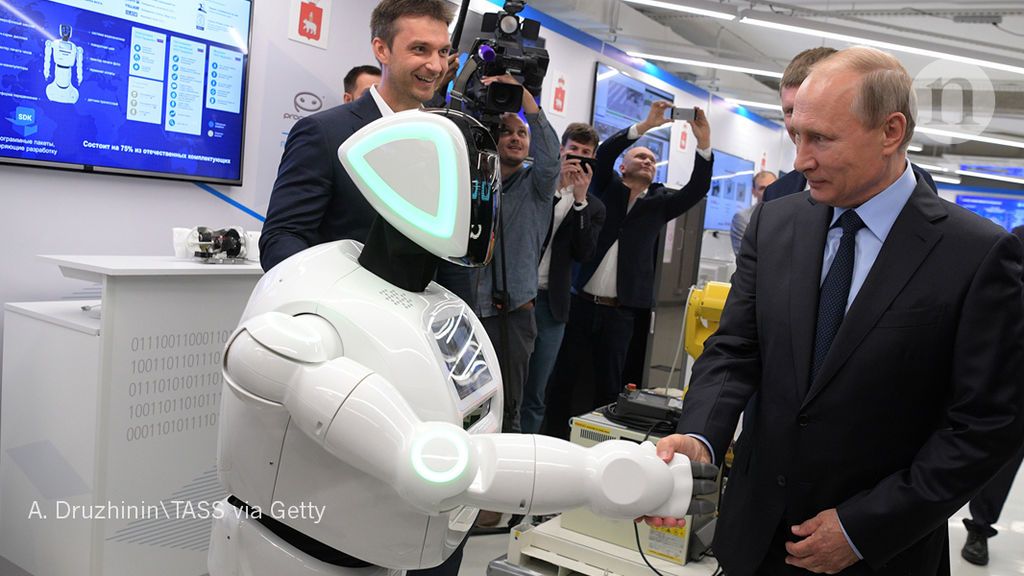
For all its progress, Russia’s state-funded science still lags behind that of emerging science powers including China, India and South Korea, especially when it comes to translating discoveries into economic gains. Decades of underfunding, excessive state bureaucracy and entrenched opposition to reform within the country’s sputtering research institutions are hampering competitiveness, says Khokhlov. “What we need are new ideas, new labs, fresh talent and more freedom and competition.”
With Vladimir Putin set to earn another presidential term, researchers wonder whether his government will reverse decades of decline.

In 1969, William Safire was President Nixon’s speech writer. He wrote the short speech shown below, and delivered it to Chief of Staff, H.R. Haldeman. The speech was to be read by Nixon in the event that the Apollo 11 lunar lander failed to launch or that some other problem caused the lander or mothership to crash back onto the surface of the moon.
In 1969, the space race was at full throttle. Russians were first to launch a satellite, send a dog and a man into space,* and perform an extravehicular space walk. America was under great pressure to fulfill John F. Kennedy’s promise and beat the Russians in landing a man on the moon. Today, former engineers at NASA acknowledge that they believed the chances of such a catastrophe were more than 50%.

William Safire was a brilliant orator and linguist, known primarily as a columnist and journalist. He received the Presidential Medal of Freedom (from George Bush in 2006). He died in 2009.
The Apollo 11 disaster speech is pure poetry. It fits Nixon’s demeanor, while inspiring the public to continue support for exploration despite such a spectacular failure.
William Safire’s speech for President Nixon—in the event of a moon landing disaster:
Fate has ordained that the men who went to the moon to explore in peace will stay on the moon to rest in peace.
These brave men, Neil Armstrong and Edwin Aldrin, know that there is no hope for their recovery. But they also know that there is hope for mankind in their sacrifice.
These two men are laying down their lives in mankind’s most noble goal: the search for truth and understanding.
They will be mourned by their families and friends; they will be mourned by their nation; they will be mourned by the people of the world; they will be mourned by a Mother Earth that dared send two of her sons into the unknown.
In their exploration, they stirred the people of the world to feel as one; in their sacrifice, they bind more tightly the brotherhood of man.
In ancient days, men looked at stars and saw their heroes in the constellations. In modern times, we do much the same, but our heroes are epic men of flesh and blood.
Others will follow, and surely find their way home. Man’s search will not be denied. But these men were the first, and they will remain the foremost in our hearts.
For every human being who looks up at the moon in the nights to come will know that there is some corner of another world that is forever mankind.
* The US was first to send an animal into space. On June 11, 1948, Albert 1, a rhesus monkey, was launched on a V2 rocket. But this was a suborbital flight. It cleared the atmosphere but could not have sailed away from Earth’s gravity, nor even achieved orbit. The first animal to attain orbit was launched more than 9 years later. A dog, Laika, launched on board the Soviet Sputnik 2 spacecraft on November 3, 1957.
Source: Watergate.info

Saudi engineers whip up a simulated sandstorm to test a solar panel’s durability at a research lab, the heart of the oil-rich kingdom’s multibillion dollar quest to be a renewable energy powerhouse.
The world’s top exporter of crude seems an unlikely champion of clean energy, but the government lab in Al Uyayna, a sun-drenched village near Riyadh, is leading the country’s efforts for solar power as it seeks to diversify.
A dazzling spotlight was shone on those ambitions last week when Crown Prince Mohammed bin Salman unveiled plans to develop the globe’s biggest solar power project for $200 billion in partnership with Japan’s SoftBank group.
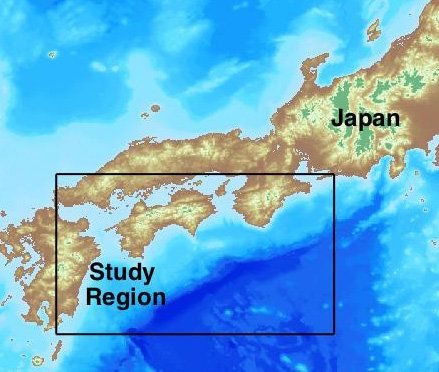
Geoscience researchers at the University of Massachusetts Amherst, Smith College and the Japanese Agency for Marine-Earth Science and Technology this week unveiled new, GPS-based methods for modeling earthquake-induced tsunamis for southeast Japan along the Nankai Trough. A Nankai-induced tsunami is likely to hit there in the next few decades, says lead author Hannah Baranes at UMass Amherst, and has the potential to displace four times the number of people affected by the massive Tohoku tsunami of 2011.
She and her doctoral advisor Jonathan Woodruff, with Smith College professor Jack Loveless and Mamoru Hyodo at the Japanese agency report details in the current Geophysical Research Letters. Baranes says, “We hope our work will open the door for applying similar techniques elsewhere in the world.”
As she explains, after the unexpectedly devastating 2011 quake and tsunami, Japan’s government called for hazard-assessment research to define the nation’s worst-case scenarios for earthquakes and tsunamis. Baranes notes, “The government guideline has focused attention on the Nankai Trough. It’s a fault offshore of southern Japan that is predicted to generate a magnitude 8 to 9 earthquake within the next few decades.”

O n the outskirts of Beijing, a policeman peers over his glasses at a driver stopped at a motorway checkpoint. As he looks at the man’s face, a tiny camera in one of the lenses of his glasses records his features and checks them with a national database.
The artificial intelligence-powered glasses are what Chinese citizens refer to as “black tech”, because they spot delinquents on the country’s “blacklist”. Other examples include robots for crowd control, drones that hover over the country’s borders, and intelligent systems to track behaviour online. Some reports claim the government has installed scanners that can forcibly read information from smartphones.
In the last two weeks, Facebook has been mired in a privacy storm in the UK and US over potential misuse of personal data. But such an event might baffle many in China, where the country’s surveillance culture eclipses anything Facebook has done.